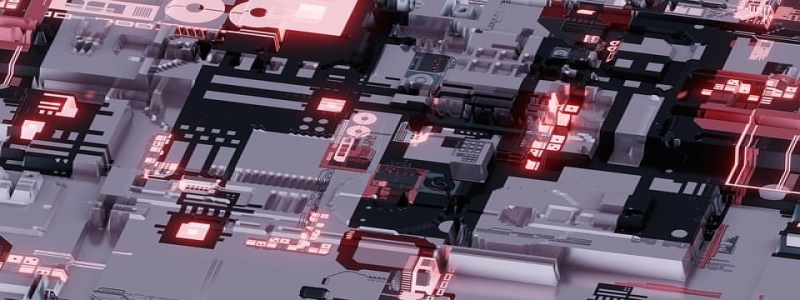Ethernet Conduit
Introduction:
Ethernet conduit is a physical pathway or protective tube that is designed to enclose and protect Ethernet cables. It provides a secure and organized environment for Ethernet cables, ensuring proper functionality and longevity of the network infrastructure. In this article, we will discuss the importance of Ethernet conduit and its various applications.
I. Importance of Ethernet Conduit:
A. Protection: Ethernet conduit offers protection against physical damage, such as impact, compression, and crushing. It safeguards the fragile Ethernet cables from accidental destruction caused by human activities or harsh environmental conditions.
B. Security: Enclosing Ethernet cables within conduit enhances the security of the network infrastructure. It prevents unauthorized access, tampering, or theft of valuable data transmitted through the cables.
C. Cable Management: Ethernet conduit facilitates proper cable management by preventing cable tangling and entanglement. It allows for easy identification, organization, and maintenance of Ethernet cables, minimizing downtime and troubleshooting efforts.
D. Electromagnetic Interference (EMI) Shielding: Some Ethernet conduits are designed with electromagnetic shielding properties. They protect cables from external electromagnetic interference, ensuring uninterrupted and reliable data transmission.
II. Types of Ethernet Conduit:
A. Rigid Conduit: Made of rigid metal or plastic, this type of conduit provides maximum physical protection. It is commonly used in industrial or outdoor environments where cables are exposed to extreme conditions.
B. Flexible Conduit: Constructed from flexible materials like plastic or metal, this conduit offers ease of installation and flexibility for cable routing. It is suitable for indoor use or areas where cable movement may be required.
C. Liquid-Tight Conduit: This specialized conduit is designed to provide protection against moisture and liquids. It is commonly used in outdoor or wet locations such as underground or underwater installations.
D. Fiber Optic Conduit: Specifically designed for fiber optic cables, this conduit ensures proper protection and support for delicate fiber optic strands. It prevents bending, twisting, or excessive stress on the cables.
III. Applications of Ethernet Conduit:
A. Residential: Ethernet conduit is used in homes to establish a secure and organized network infrastructure. It allows for efficient deployment of Ethernet cables for internet connectivity, home automation systems, and multimedia devices.
B. Commercial: In commercial buildings, Ethernet conduit is extensively used to create a robust networking infrastructure. It ensures reliable connectivity for office computers, servers, printers, and other network-enabled devices.
C. Industrial: Ethernet conduit plays a vital role in industrial environments where cables are exposed to harsh conditions, heavy machinery, and extreme temperatures. It protects Ethernet cables used in automation systems, control panels, and industrial equipment.
D. Data Centers: Ethernet conduit is crucial in data centers to maintain a structured cabling system. It organizes and protects the massive amount of Ethernet cables responsible for data transmission within the facility, ensuring efficient operations and minimal downtime.
Conclusion:
Ethernet conduit plays a significant role in providing protection, security, and organization to Ethernet cables. It is essential for various applications, including residential, commercial, industrial, and data center environments. By investing in the right type of Ethernet conduit, network administrators can ensure the smooth functioning of their network infrastructure and longevity of Ethernet cables.







